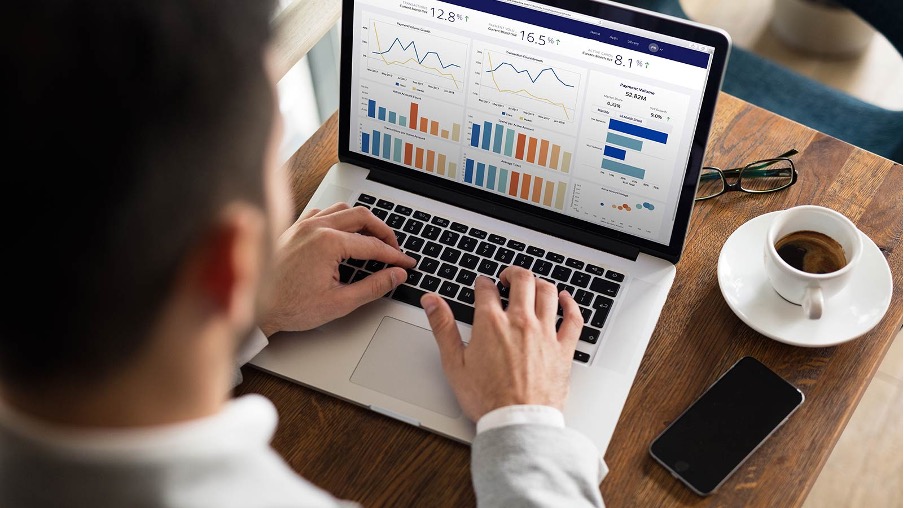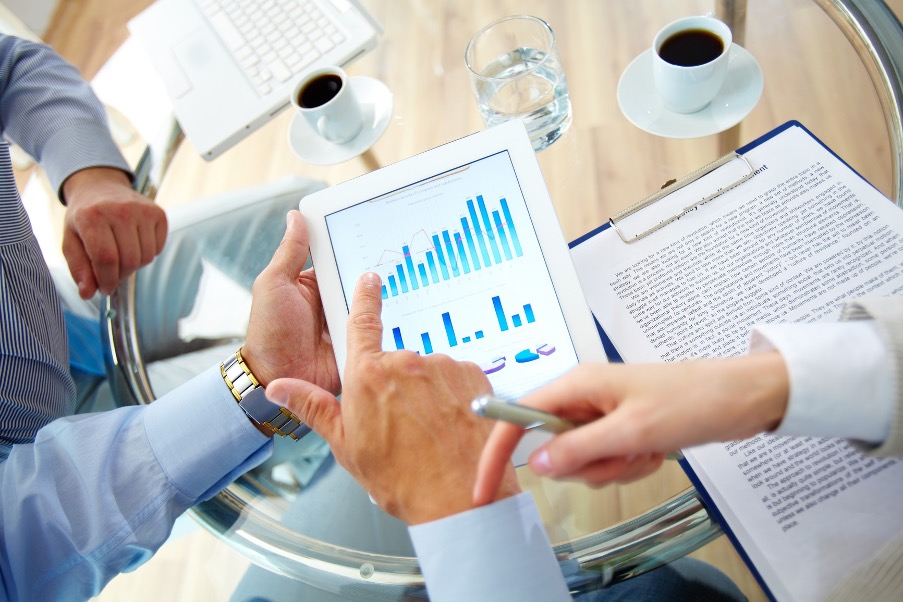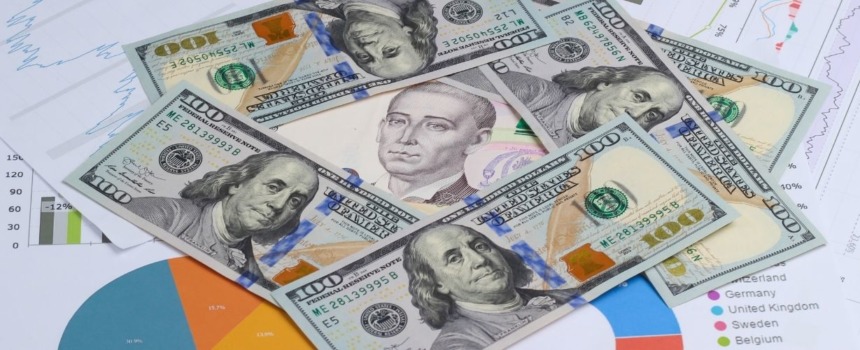Payment analysis with the help of special software provides valuable information about the state of the business. This knowledge can (and should) be used to improve and grow the business. While accountants and others in the finance department know the value of payment analysis, many entrepreneurs may not see how important it is. Understanding and embedding payment analysis into the business helps assess the factors that affect or, conversely, hinder a business’s growth as well as identifying E-Commerce ppc.
In this article, we will talk about the advantages of payment analytics and insights for online businesses. And we will start with popular payment methods in Europe. This information was achieved with the help of payments analytics and can greatly help businesses in these countries.
Payment analytics and insights: popular payment methods in Europe

Thanks to payment analytics and insights, it is clear that the payment habits of customers from different countries differ significantly. The information below shows how Europeans are paying for goods and services.
Payment analytics and insights: Poland
Poles use mostly Visa, Mastercard, and online banking. And like true patriots, many use the Polish mobile payment system BLIK. Google Pay and Apple Pay are not so popular in Poland. Compared to the above methods, it’s a drop in the bucket.
Payment analytics and insights: Netherlands
The Dutch can also boast of their love for everything national. More than half of them use the Dutch payment system iDEAL. The rest trust their payments to Visa and Mastercard. As in Poland, Google Pay and Apple Pay are very rarely used by the Dutch. These payment methods account for only 1.5%.
Payment analytics and insights: Finland
Residents of Northern Europe are divided in their preferences: 33% of users pay with Visa and Mastercard, about the same number of users choose OP and Ryhmä, fewer Finns are used to using Nordea. And, not surprisingly, Google Pay and Apple Pay are very rarely used in this country.
Payment analytics and insights: Belgium
Here comes the most interesting picture. Almost all Belgians, which is 91% of the analyzed payers, use the Bancontact payment method. With its help, they pay for purchases by bank cards and via mobile application. Such an almost monopolistic capture of the market by the local payment method is only in Belgium. So if your business operates in this country, be sure to add the possibility for customers to pay via Bancontact.
Qualitative payment analytics software: how it looks?

Modern payments analytic software allows you to conduct business intelligently, thoughtfully and based on relevant analytics. In addition, it performs a significant part of the functions of the marketer, accountant, and administrator also popular for gig economy jobs. Technological progress allows not only to save on salaries but also to minimize errors caused by the human factor And identify theft protection.
Implementing business intelligence software enables online payment tracking and the analysis of customer payments by collecting and aggregating payment data from multiple payment systems (Payoneer, PayPal, etc.). Besides this core functionality, business intelligence solutions used for qualitative payment analytics commonly have the following capabilities:
Administration and multi-user access
The administration option allows adjustment and management of the system functionality as well as management of accounts and access rights to the system.
The possibility of multi-user access to the software allows multiple users to work simultaneously on the same database under their accounts. Users, in this case, can have different access rights to the data and functions of the software.
Data import/export
Data import and/or export option in the product allows downloading data from the most popular file formats or uploading operational data to a file for further use in other software.
API availability
Often when using modern business software there is a need to automatically transfer data from one software to another. For example, it may be useful to automatically transfer data from a Customer Relationship Management System (CRM) to an Accounting System. Because of this software systems are equipped with special Application Programming Interfaces (APIs). With the help of such APIs, any competent programmer can connect the two software products for the automatic exchange of information.
Reporting and analytics
Reporting and/or analytics functionality of the product allows for systematized and visualized data from the system for further analysis and data-driven decision-making.
How to use payment analytics and insights to grow your business?

Payments analytics allows us to see the full range of cash flow from customers. This data provides insight into areas that a company can improve. Understanding payments data can help business leaders make the right decisions to move the business forward. And not understanding payments data is an amateur mistake that can curb any movement forward and lead to business failure.
Product/service liquidity rating
This data speaks to customer needs and preferences. In other words, the rating shows which goods are in demand by the business’ customers and which are not.
What to make with it?
After reading the payment analytics report, analyze the product locations on the website. By moving less popular items to more viewable locations, you can increase their sales and avoid writing off overdue items and a successful business plan. Or run a promotion, make a discount – to increase the attractiveness of the product in the eyes of the customer. At the same time, you can gradually increase the price of liquid items.
Example. In the online tea store in the top 10 illiquid goods appeared black tea with jasmine, while the usual black tea sells fine. Black tea with jasmine is not a product the customer is familiar with. The seller launched a discount campaign and advertisement for this product, raised the price of the popular usual black tea in parallel, and placed these two products together on the website. Interested in price buyer was buying a new product for himself or herself and at the same time was ordering the usual black tea he or she was familiar with, which allowed the seller to raise the sales of illiquid products and get more profit from the well-sold.
Sales dynamics
This report shows the rise and fall of consumer activity. You can look at the figures for any period.
What to do with it?
Find patterns in the rise and fall of sales, track seasonality. Note the sharp ups and downs in sales and analyze – what was going on during that period, who was the consultant, and so on. Use this knowledge for your marketing activities.
Example. You’ve noticed that certain well-optimized brands of clothes sell great during the days before the holidays. Before the next holiday, plan promotion and suggest customers buy a set of “dress + handbag” two weeks before the holiday date. The same report allows you to analyze the effectiveness of such promotions.
Control over the personnel
You can evaluate the personal efficiency of each employee on several indicators – the time of work, the number of sales and returns, sale of necessary goods and kits. The motivation of each employee is calculated automatically taking into account the number of sales and returns of each. Thus, you can control your staff remotely from anywhere in the world – and in combination with the right remote work tools, there is no need to stand over everyone’s shoulders and come every day with checks.
What to do with it?
With this analytics, you can make decisions to fire or encourage, give bonuses or incentive programs, and see how it affects staff performance.
Example. You notice that when one of your employees works there always has been significantly lower revenue than on other days. Ask co-workers to follow up on the employee’s performance by talking to him or her personally. Perhaps he or she has a problem with knowing the assortment or just isn’t interested in working for you and it’s time to fire him or her.
Average check
The average check allows you to understand how much money the average customer leaves in the online store. To calculate this value, you need to divide the store’s turnover by the total number of payments. Another important metric is the average order value that makes it possible to judge whether the pricing and assortment policy of the organization is built correctly as well as whether marketing is effective.
What to do with it?
Implement a wide variety of marketing activities and monitor the size of the average check. You’ll be surprised to feel how much the average check affects your company’s revenue.
Example. The system shows that Basilur tea is in high demand in an online tea store, and “Swallow” candies have been selling very poorly in recent months. Of these goods, you can put together a set and sell it with a 10% discount. The amount of the average check will increase, and unclaimed candy is more likely to leave your store. Place the set in the most prominent place of the website and promote it with the help of special offers. The dynamics of growth of the average check will show how the chosen strategy was correct.
Conclusion

Payment analytics can answer many popular questions, among them:
- What is our monthly turnover?
- What is our average monthly turnover per client?
- Where do our clients pay from and what payment tools do they use?
- What is our abandonment rate?
- What does it cost us per transaction?
Undoubtedly, payment analytics guarantees growth opportunities. That’s why any business should consider payment analytics software as a point of growth.











Comments (1)
An interesting article with great deal of useful information. Thanks for sharing